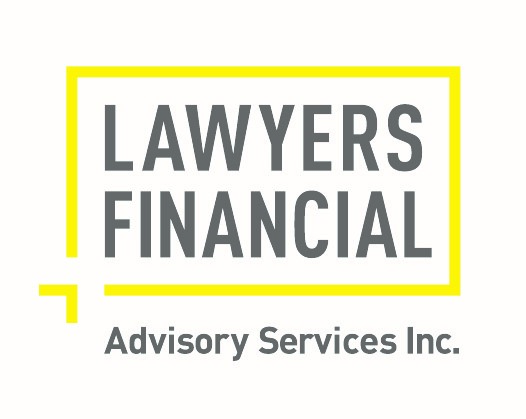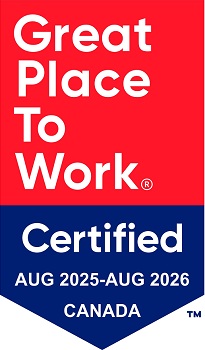
There’s no escaping it: every January, your inbox turns to alphabet soup as financial planning types (present) remind you of the many ways to save for your many goals. One deadline is real and imminent: March 3rd is the last chance to lower your 2024 income by contributing to a Registered Retirement Savings Plan. But the truth is that every season is saving season, and all these consonants can help. So, what do these acronyms mean, and which one’s right for you? The choice seems complex, but the answer may be simple.
Registered Retirement Savings Plans, Tax-Free Savings Accounts, and First Home Savings Accounts: each has its strengths and can adapt to different financial situations. Whether you’re starting your career, growing your practice, or preparing for retirement, these savings vehicles are designed to help. Here’s a plain-spoken guide about how, when, and (most importantly) why to use these accounts.
Start with why
Start by defining your goals. “I’m saving for retirement.” “I’m saving for a vacation.” Even if, for now, your answer is, “I’m saving because I know I should be saving.” Then consider how these accounts can work separately or together to help you achieve your financial goals.
THE RRSP: YOUR RETIREMENT AND TAX-SAVING ALLY
Here’s why the Registered Retirement Savings Plan is your best ally for saving for old age:
- RRSP contributions are tax deductible, so you reduce your taxable income the same year you contribute.
- Your investments grow tax-free, allowing your RRSP investments to grow optimally until you withdraw them.
- When you withdraw those investments (ideally in retirement), you’ll likely do so at a lower income tax rate than you have today.
As its name suggests, an RRSP can help you save for retirement, but it can also help you save for a downpayment. The Home Buyers’ Plan (HBP) allows you to withdraw as much as $60,000 from your RRSP tax-free to purchase a first home. The catch? When you make an HBP withdrawal, you’re essentially borrowing from your own retirement fund—and there are strict rules about paying yourself back. You have 15 years to repay your RRSP without incurring tax penalties.
But the bottom line is simple: if you’re saving for retirement, it’s hard to beat the tax-efficiency you’ll get with an RRSP.
THE TFSA: A FLEXIBLE ACCOUNT WITH (ALMOST) NO STRINGS ATTACHED
Because your plans can change, the Tax-Free Savings Account (TFSA) offers flexibility. It’s the perfect tool for medium-term goals like saving for vacations, renovations, or rainy-day savings. Here’s how it works:
You can contribute as much as $7,000 to your TFSA in 2025, and there’s a lifetime carry-forward option an no age limit, so you can catch up any time. Read more at the Government of Canada website.
Unlike the RRSP, your contributions don’t reduce your taxable income but, on the bright side, you can withdraw your money at any time without restrictions.
Your contributions grow tax-free, and generally, there are no tax implications when you withdraw.
The catch—and it’s a small one—is that you’ll be charged a penalty if you overcontribute. That risk can be managed with careful planning and the help of your Lawyers Financial wealth advisor.
THE FHSA: THE KEY TO THE KEY TO YOUR FRONT DOOR
Homeownership is the number one financial goal for most of the young lawyers we talk to. The First Home Saving Account (FHSA) can help. Launched in 2023, the FHSA offers a unique combination of RRSP-style tax benefits and TFSA-style flexibility to make buying a first home more accessible. Here’s how it works:
Just like an RRSP, contributions to an FHSA reduce your immediate taxable income so you save on taxes while you save for a home.
Withdrawals made for the purchase of your first home are tax-free, so you can direct every dollar to your down payment.
You can contribute up to $8,000 per year to your FHSA. If you miss a year, you can carry that forward and contribute up to $16,000 in a single year. The lifetime contribution limit is $40,000, which allows you to make a significant dent in your downpayment—especially if you pair this account with an RRSP home buyers’ plan.
No catch here: unlike the HBP, you don’t have to repay any funds you withdraw. And if you decide not to buy a home (or if the housing market decides it’s not ready for you), you can roll your contributions into your RRSP.
Related: A first home of one’s own: Making sense of Canada’s housing market
THEN ASK HOW
RRSPs, TFSAs, and FHSAs aren’t investments—they’re vehicles. They serve as the structure to hold different types of investments, ranging from stocks, bonds, mutual funds, exchange-traded funds (ETFs), guaranteed investment certificates (GICs), high interest savings accounts, or even bitcoin. You choose the structure, basically, and then decide how to fill it.
The account type you choose answers the question why. The investments you decide to put in that account gets more to the question of how. And that’s where we can help.
THIS YEAR, INVEST IN YOURSELF
There’s a truism about investing: the best time to start investing was 20 years ago, and the second-best time to start investing is now. This year, define your investment goals and connect with a Lawyers Financial wealth advisor to help you achieve them.


